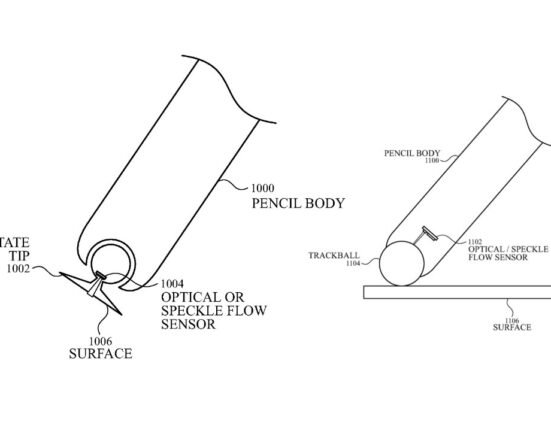Several weeks ago, Stratasys, a large American-Israeli manufacturer of 3D printers, commenced patent litigation in the United States against Bambu Lab, a company with sites in China and Texas focusing on desktop 3D printers. Tiertime is also named as a defendant in the law suits.
Stratasys alleges direct or indirect infringement of 5 US patents by a number of printers of Bambu Lab, and is seeking a trial by jury to obtain damages, attorney fees, and other relief.
As a European patent attorney, I will comment on some features of this litigation which strike me as interesting from this side of the pond.
First of all, litigation of this sort shows the value of conducting patent searches before manufacturing and selling products. In particular, there is a special type of patent search which can be conducted to establish whether a particular product is likely to infringe any existing patents. This type of search is known as a “Freedom to Operate” (FTO) search, or “infringement search” as it seeks to establish whether a party is “free to operate” in a particular market without infringing patents. Such searches can save a great deal of money in the long term, particularly by avoiding the costs of patent litigation, and by avoiding the costs of developing and manufacturing products which may ultimately be found to infringe a patent. Of course, we do not know at this stage whether Bambu Lab conducted any Freedom to Operate search before manufacturing and selling its printers.
Secondly, Stratasys is relying not just on direct infringement of its patents, but also on indirect infringement. What is indirect infringement of a patent claim? In the UK, indirect infringement, also known as contributory or secondary infringement, is covered by Section 60(2) of the Patents Act 1977, which states:
… a person also infringes if he supplies or offers to supply in the UK a person … with any of the means, relating to an essential element of the invention, for putting the invention into effect when he knows, or it is obvious to a reasonable person in the circumstances, that those means are suitable for putting, and are intended to put, the invention into effect in the UK.
While the United States Patent Act does not directly distinguish “direct” and “indirect” infringement, it has become customary to describe infringement under 35 U.S.C. § 271(a) as direct infringement, while grouping 35 U.S.C. § 271(b) and 35 U.S.C. § 271(c) together as “indirect” ways of infringing a patent.
In the US, unlike direct infringement, which does not require knowledge of the patent or any intent to infringe, indirect infringement can only arise when the accused indirect infringer has at least some knowledge and intent regarding the patent and the infringement.
In the US, there are two types of indirect infringement, a first type known as “active inducement of infringement”, and second type known as “contributory infringement” for those who have contributed to an infringement of a patent.
The first type of indirect infringement covers situations where a party actively induces the infringement of a patent by encouraging or aiding another party to infringe a patent. A potential infringer must be aware of the patent and intend their actions to result in the other party infringing that patent.
Read more:
The second type of indirect infringement occurs when a seller provides a part or component that, while not itself infringing, results in the patent being infringed when used as part of some other machine or composition.
In fact, when patenting inventions relating to 3D printing in both the US and Europe it is particularly important to consider indirect infringement. In particular, it is good practice to include a 3D printing method claim which includes computer files used in the printing process, so that use of the file alone is more likely to amount to indirect infringement of the patent, particularly if the computer file is an essential means for putting the invention into effect. This is particularly important, since such files can be moved around the world, with the scanning/design, creation of the files, and 3D printing being done in different countries.
A third aspect of the Stratasys v Bambu Lab litigation which caught my eye is the use of a jury. This is an aspect of patent litigation which is very specific to the US; juries are not used for patent litigation in Europe. The Seventh Amendment to the United States Constitution guarantees the right to a jury trial in certain civil cases. The U.S. Constitution guarantees a jury trial for patent owners who are seeking monetary damages, and the majority of patent cases that go to trial in the US are decided by juries. This can make patent litigation in the US particularly hazardous where high-tech inventions are involved, particularly if the jury does not have the necessary technical background.
In view of these hazards, and the potential costs, it is particularly important to conduct Freedom to Operate (FTO) searches, as noted at the beginning of this article.
Julian Asquith is a Partner of Marks & Clerk, the largest firm of intellectual property advisers in the UK and recognised as one of the world’s leading IP firms. Its patent attorneys, trade mark attorneys and solicitors offer a full range of intellectual property services – covering patents, trade marks, designs, copyright and litigation. M&C are associate members of Additive Manufacturing UK, the trade association for the UK’s AM industry and supply chain.







